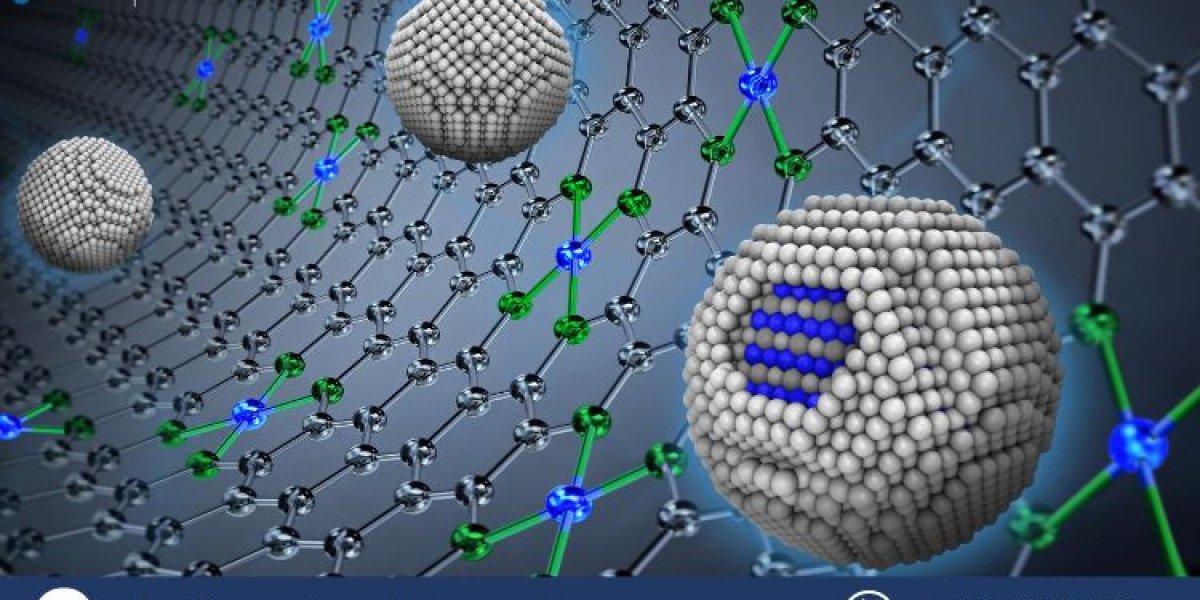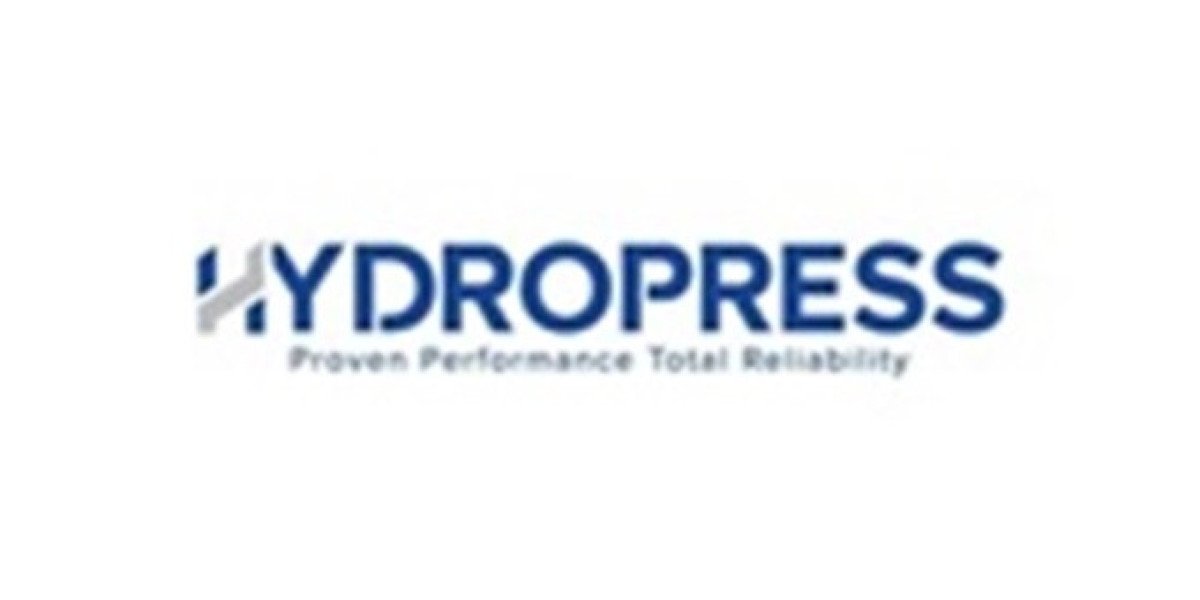The global Fuel Cell Catalyst Market Size is poised for significant growth during the forecast period of 2024-2032, driven by the rapid adoption of fuel cell technology in various applications such as transportation, stationary power generation, and portable devices. The market, which is integral to advancing green energy solutions, is projected to expand at an impressive CAGR of 24.70%, reflecting the rising demand for cleaner energy alternatives.
This article delves into the fuel cell catalyst market, providing an in-depth analysis of its key benefits, industry developments, driving and restraining factors, market segmentation, trends, regional insights, and much more.
Key Benefits of Fuel Cell Catalysts
- Enhanced Efficiency: Fuel cell catalysts significantly increase the efficiency of energy conversion by improving reaction rates in fuel cells.
- Reduction in Carbon Emissions: As the core component in fuel cells, catalysts help transition towards zero-emission energy systems.
- Wide Application Range: Catalysts enable the development of versatile fuel cells used in vehicles, portable devices, and industrial applications.
- Sustainability: Advances in catalyst materials, including alternatives to platinum, contribute to sustainable energy solutions.
- Economic Growth: The growing adoption of fuel cell technology stimulates investment in green energy projects and boosts related industries.
Key Industry Developments
- Innovations in Catalyst Materials: Companies are focusing on developing non-platinum group metal (PGM) catalysts to reduce costs and improve efficiency.
- Partnerships and Collaborations: Key players are forming strategic alliances to accelerate innovation in hydrogen fuel cells.
- Government Initiatives: Subsidies and funding programs, especially in regions like Europe and North America, are encouraging R&D in fuel cell catalysts.
- Commercialisation of Fuel Cells: Automotive manufacturers are launching fuel cell electric vehicles (FCEVs), driving demand for advanced catalysts.
Driving Factors
- Surging Demand for Clean Energy: Stringent environmental regulations and growing awareness about reducing carbon footprints fuel market growth.
- Advancements in Hydrogen Economy: Investments in hydrogen production and storage are boosting the adoption of fuel cells, increasing catalyst demand.
- Automotive Sector Growth: The rise of FCEVs, particularly in Japan, South Korea, and Germany, significantly drives the demand for fuel cell catalysts.
- Supportive Government Policies: Subsidies and tax benefits for adopting clean energy technologies act as catalysts for market expansion.
Restraining Factors
- High Cost of Precious Metals: The dependence on platinum and other PGMs makes fuel cell catalysts expensive, limiting their adoption.
- Technical Challenges: Issues such as catalyst degradation and durability hinder the efficiency and longevity of fuel cells.
- Infrastructure Constraints: The lack of adequate hydrogen refuelling stations poses a significant barrier, particularly in emerging economies.
Market Segmentation
By Type:
- Platinum-Based Catalysts
- Non-Platinum Catalysts
- Precious Metal-Free Catalysts
By Application:
- Transportation (FCEVs)
- Stationary Power Generation
- Portable Power Devices
By End-Use Industry:
- Automotive
- Electronics
- Industrial
Market Outlook
The fuel cell catalyst market is expected to witness exponential growth due to the increasing integration of fuel cells in the automotive and industrial sectors. With governments worldwide pushing for cleaner energy solutions, the development of cost-effective and efficient catalysts remains a primary focus for manufacturers. The rise of green hydrogen projects is also expected to drive significant advancements in the market, making fuel cells a cornerstone of the future energy landscape.
Market Overview
Fuel cell catalysts are vital components in the electrochemical reactions within fuel cells. These catalysts, primarily made of platinum or other PGMs, facilitate the efficient conversion of hydrogen and oxygen into electricity. The market is evolving rapidly, with research focusing on reducing dependency on expensive materials while enhancing performance.
Trends
- Shift Towards Non-PGM Catalysts: To overcome cost barriers, there is a growing focus on developing non-PGM alternatives that offer similar or better efficiency.
- Scaling Hydrogen Infrastructure: Expanding hydrogen production facilities and refuelling stations are expected to propel the adoption of fuel cells.
- Growth in Renewable Energy Integration: Fuel cells combined with solar and wind power systems are gaining traction, promoting sustainability.
- Increased Investments in R&D: Governments and private players are heavily investing in research to develop next-generation fuel cell catalysts.
Regional Analysis/Insights
North America
- Strong government support for hydrogen projects.
- Major advancements in FCEV manufacturing.
Europe
- EU policies promoting green hydrogen as a key energy source.
- High adoption of renewable energy systems.
Asia-Pacific
- Dominance of Japan and South Korea in FCEV deployment.
- Rapid industrialisation and urbanisation fueling demand.
Rest of the World
- Emerging markets in the Middle East and Africa investing in clean energy solutions.
Analysis
The fuel cell catalyst market is entering a transformative phase with increased investments in renewable energy projects and hydrogen infrastructure. However, overcoming cost and technical barriers will be critical for sustained growth. Collaboration between key stakeholders, including governments, manufacturers, and research institutions, is expected to shape the future of the market.
News
- Launch of New FCEVs: Automotive leaders unveiled next-generation FCEVs equipped with advanced catalysts, showcasing enhanced efficiency.
- Research Breakthroughs: Scientists developed a new non-platinum catalyst, offering a cost-effective alternative without compromising performance.
- Green Hydrogen Projects: Governments worldwide announced multi-billion-dollar investments in green hydrogen infrastructure.
Top Impacting Factors
- Rising awareness of carbon neutrality.
- Increased adoption of FCEVs in developed markets.
- Government incentives for hydrogen technologies.
- Cost-effective innovations in catalyst materials.
Target Audience
- Automotive Manufacturers
- Energy Sector Stakeholders
- Research Institutions
- Government Agencies
- Investors in Renewable Energy
Major Key Players
- Umicore
- Tanaka Holdings Co., Ltd
- Clariant Ltd.
- Johnson Matthey
- Others
Opportunities
- Expansion of hydrogen refuelling networks.
- Rising demand for sustainable energy solutions in developing countries.
- Development of cost-efficient non-PGM catalysts.
Challenges
- High initial investment in fuel cell systems.
- Competition from alternative energy technologies.
- Limited infrastructure in emerging markets.
Restraints
- Dependence on rare and expensive raw materials.
- Technical limitations of current catalyst technologies.
Scope
The scope of the fuel cell catalyst market extends beyond traditional applications, with growing potential in aerospace, marine transportation, and microgrid systems. Innovations aimed at improving the efficiency and affordability of catalysts will determine the trajectory of the market.








